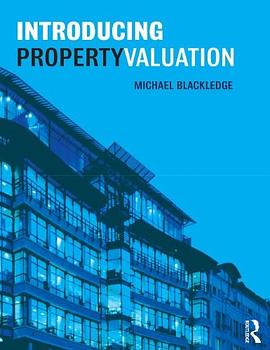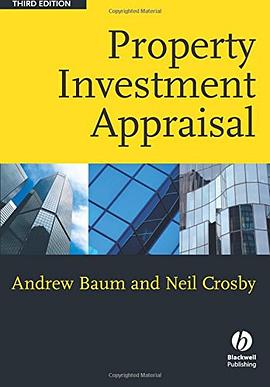Introducing Property Valuation 豆瓣
作者:
Blackledge, Michael
2009
- 6
This comprehensive introduction to the concepts and methods of valuing real estate helps students to progress successfully from basic principles to a more sophisticated understanding. Taking a practically oriented rather than purely theoretical approach, this textbook enables you to undertake valuation calculations yourself. Experienced tutor and valuer Michael Blackledge demonstrates how the principles can be applied in professional practice in line with the requirements and guidance provided by the Royal Institution of Chartered Surveyors. The five traditional methods of valuation are outlined and the practical applications of the two main approaches, the comparison and investment methods, are fully explored. The use of discounted cash flow and quarterly in advance calculations, topics which have often been neglected elsewhere, are also explained. Complete with extensive further reading suggestions, a full range of worked examples, clear chapter summaries and additional online exercises, this book is essential for any student of real estate and its valuation.


